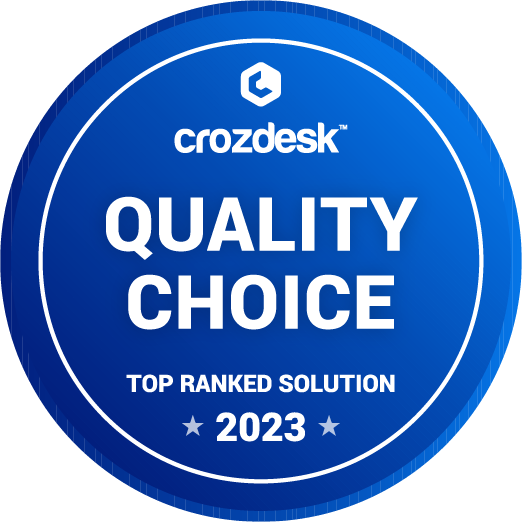3 ways to cut costs and boost profit for your e-commerce business
The e-commerce industry is no longer flourishing. Covid is over and customers are returning to brick-and-mortar stores in large numbers. The volume of online purchases is much higher than before Covid, but after the meteoric rise of the last two years, stagnation has set in. And e-shop owners are asking, “Where can we reduce our costs?”
In this text, we’ll look at where an e-shop can save by using a PIM system. Because different PIM systems have different features and functionality, we’ll examine the potential savings primarily from the perspective of WisePorter smart product catalog.
1. Automation
The basic benefit of a PIM system is that it automates the management of product information (that’s why it’s called Product Information Management after all). This means different things in different contexts, but it always means that product managers spend less time transcribing information into the system or dealing with excel sheets and more time dealing with suppliers and customers or devising new sales strategies.
The most obvious example of using WisePorter PIM to save people’s work is the automatic processing of supplier quotes. If you buy products for your offering from many different suppliers, you will receive frequent price updates and various promotional offers from them. But not every offer is a bargain, so you need to choose between them. Especially if you can buy the same product from many suppliers and their offers differ not only in price but also in supplier reliability, shipping costs, etc. In this case, it is not uncommon for the e-shop to employ several people who spend days comparing suppliers’ offers and selecting the most suitable offer for each product.
In contrast, let’s look at the automatic bid processing in a PIM system. Offers from suppliers arrive in a product stream, or perhaps in Excel. They are automatically imported into the system, which breaks the entire large offer from a supplier into individual parts and attaches each part to the appropriate product. In this way, several quotations from individual suppliers come together for each product. PIM then evaluates each offer based on the rules you specified. In doing so, it takes into account not only the price offered, but also, for example, volume (annual) discounts, customer reputation (your previous experience), delivery costs and timescales, or anything else that is important to you when choosing the right supplier.
PIM conveniently presents the resulting quotes – for example, sorted by the difference between your stock price and the new quoted price. It already includes other components in the comparison price – discounts, reputation, shipping, etc. This way, your product managers can see the most interesting offers at a glance and can act on them immediately. They can also see competing offers for each product and can easily choose between them. For an e-shop with many suppliers, POM can take care of several employees’ whole-day mechanical work in minutes.
2. Cutting down on unwanted returns
Another way a PIM helps e-shops make savings is by reducing the number of returns. There are many reasons for returning items to an e-shop, and if you take some time to search online, you will come across many different statistics. But pretty consistently, among the top five reasons, there are two that PIM can address:
- The customer bought the wrong item,
- The goods delivered are not as described.
Problems with the description of the goods are most often caused by two primary reasons. First, information is often taken from one supplier and if the supplier gives incorrect or incomplete information, it becomes part of our quotation. The second reason is even sillier – a lot of e-shops maintain product information in their ERP system, but ERP is primarily designed to describe products from a manufacturing and purchasing perspective, not from the sales and marketing perspective. Both problems can be solved with a PIM system that can bring together product information from many sources and has no limitations on the scope and method of description. As a result, the customer gets a detailed and accurate description of the product and can make the right choice.
3. Cross-sell and Up-sell
The third saving that a PIM can bring is an increased yield from each customer. Bringing a customer to your e-shop costs you a considerable amount of money in advertising, SEO, etc. And once a customer comes to you, you don’t want to let them walk away with only one thing. You want to offer them other related products that they can purchase. PIM allows you to define all sorts of product links and offer the customer all sorts of add-ons and extensions to the product they purchased. You can offer them a higher tier (higher quality and more expensive) product alternative, refills, spare parts, peripherals … anything you can think of. You can also easily experiment with which kinds of product relationships work for which kinds of products and which don’t. You can offer headphones with a phone and scented tea with a book. PIM (unlike most ERPs) won’t limit your imagination in this regard.
The end of the covid e-commerce boom is a reality, there is nothing we can do about it. But fortunately, the world offers tools to help us save money and focus on the essentials. So let’s make it happen in the new year!




